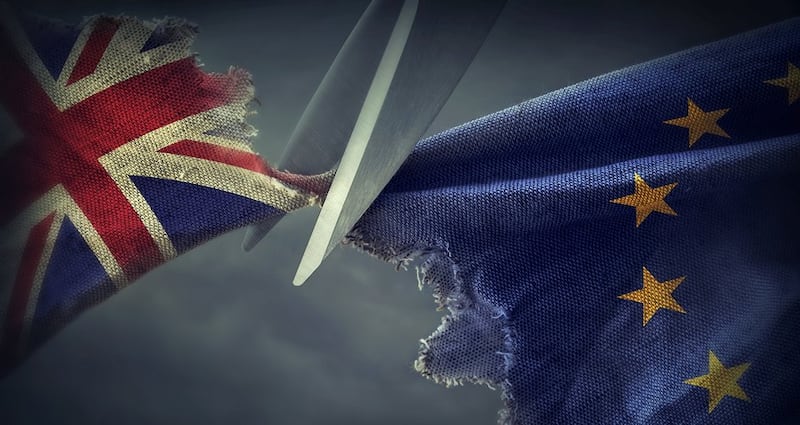What is the transition period?
The United Kingdom and the European Union have negotiated a withdrawal agreement which provides the details of how the UK will exit the EU in March 2019. Part of that agreement is the transition period.
When the UK leaves the EU in March 2019 the plan is that the transition period will apply until the end of December 2020 at least. This could be extended until as late as December 2022, should both sides agree. Without a withdrawal agreement in place there will be no transition period and a so-called "no-deal" Brexit will take place. (What would a no-deal Brexit mean for Ireland? - read here).

During the transition period a kind of standstill would be in place where current trading arrangements between the EU and UK would continue. The idea is to give time for a new deal on the future relationship between the EU and UK to be worked out after the UK leaves. During the transition period the UK agrees to continue to abide by the EU’s rules and to be subject to the rulings of EU courts, but will have no say around the EU table. This is an aspect of the transition that is not popular with the hard Brexiteers. Partly due to such sensitivities, the UK side often refer to it as the “implementation period”, presumably to give the impression that it is all about getting on with it. If it comes into play, the transition period would remove much of the immediate economic risk to Ireland from Brexit, though serious longer-term threats would remain, and much would depend on how future trade talks progressed.
And the link to the backstop?
The original idea of extending the transition was, it appears, to try to help Theresa May. She is facing opposition in relation to the Irish Border backstop (read our explainer on the Border and the backstop here), the guarantee that no matter what future trading arrangements emerge, there will be no hard border on the island of Ireland. One benefit of extending the transition period would be to give more time to negotiate new trading arrangements between the UK and EU after the UK leaves – and thus make it less likely that the backstop would ever be needed. However as the UK remains divided on what new trading arrangements it wants after Brexit, this is all pretty messy.
What happens next?
If there is no withdrawal agreement then there is no transition period either. This means the UK leaves the EU on March 29 2019 and new trading and regulatory rules come into play overnight, a potentially chaotic scenario. This is what is called a “no-deal” or “cliff-edge” Brexit. There are suggestions that both sides may try to avoid this by extending the date on which the UK leaves to give more time to try and work things out. If the withdrawal agreement is somehow approved.most experts agree that the time up up to December 2020 will not be enough time to negotiate and agree all future trading arrangements between the EU and UK, barring a UK reversal of course on what is it looking for. The agreement says that the transition can be extended by one, or two, years, but the hard Brexit lobby will fear that this would leave the UK tied to EU rules for too long. The UK could negotiate new trade deals with third countries during the transition, but they would not come into force until the period was over.














